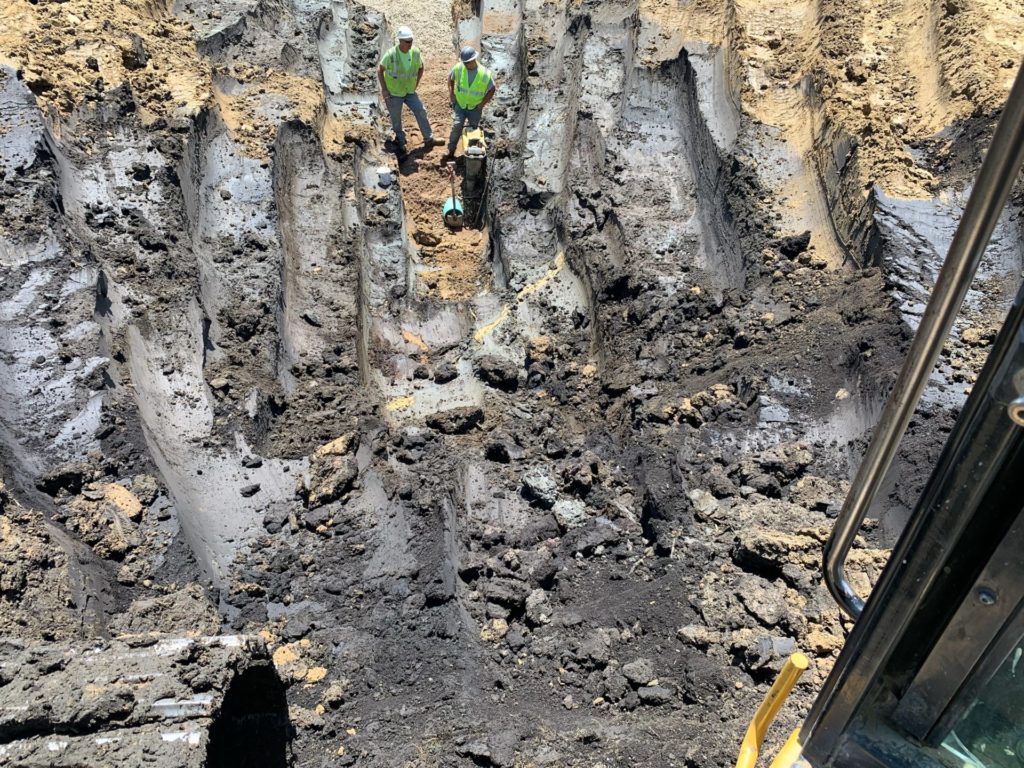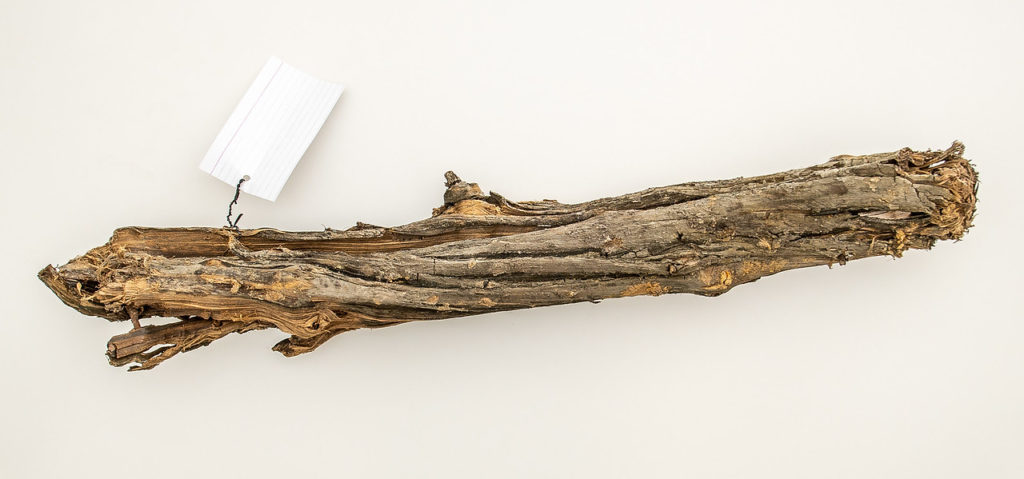
Ancient Wood: Finding Natural History in Carver, MN
Ancient specimens can shed light on Minnesota's landscape of eras past
Published04/29/2021 , by Emily Dzieweczynski

Sometimes curiosity, wonder, and a keen eye are all it takes to make fascinating discoveries. That’s what happened on an old plot of farm land in Carver, Minnesota. With a bit of knowledge about the history of the landscape and a lot of curiosity, a couple of brothers encountered a unique find. It turns out that this discovery—a 14,000 year old piece of wood—has a lot to teach us about Minnesota’s landscape in eras past.
The story began at a construction site in Carver, Minnesota, where Joel Kassen was digging utility lines. Then, 18ft below the surface of the Earth, he noticed something strange—a lone piece of wood. Joel and his brother Gary Kassen did a double-take—it certainly seemed unusual for a piece of wood to be buried that far beneath the surface! Almost immediately it occurred to them this wasn’t an ordinary piece of wood and very likely had a story to tell about Minnesota’s landscape.
In fact, as the brothers would soon learn, this was the first time that the piece of water-logged wood saw the light of day in thousands of years. Gary Kassen shared that his two hobbies are woodworking and history, so he took an immediate interest in the finding. By having previous knowledge and experience working with wood, Kassen could tell by the grain of the wood that this wasn’t a familiar tree. This caused his fascination to grow even more, as this unfamiliar wood was found on familiar land—the plot of land where it was discovered lies just next to the one that his family farmed on for over 100 years.
Kassen decided to donate a portion of the wood to the Bell and the rest will go to a museum in Carver—Kassen hopes for the Carver County Historical Society and Museum. He explained that this museum feels important because of its locality to the place where the wood was discovered and that this could be a valuable learning tool for school groups in the area. It might be hard to imagine the glaciers that once rested on Minnesota’s landscape, but natural history can become much more tangible when there’s something to look at.
 In regards to the wood’s place in the Bell’s collection, Whitfeld hopes that it can be on display somewhere in the MN Biodiversity exhibit or that it could stay in the herbarium to be used for programs or temporary exhibits.
In regards to the wood’s place in the Bell’s collection, Whitfeld hopes that it can be on display somewhere in the MN Biodiversity exhibit or that it could stay in the herbarium to be used for programs or temporary exhibits.
From Whitfeld’s perspective, this wood is a unique specimen and is not like the other specimens that the Bell has in the herbarium collection. Typically, herbarium specimens are collected while they are still living, to document that a particular species was growing at a certain location at a certain time. The ancient wood specimen, however, tells us something about the things that were living—it tells a story about a specific place in the past. By uncovering this ancient wood, we time-traveled back to a period where glaciers covered the sprawling Minnesota landscape and learned more about the events that took place thousands of years ago.


